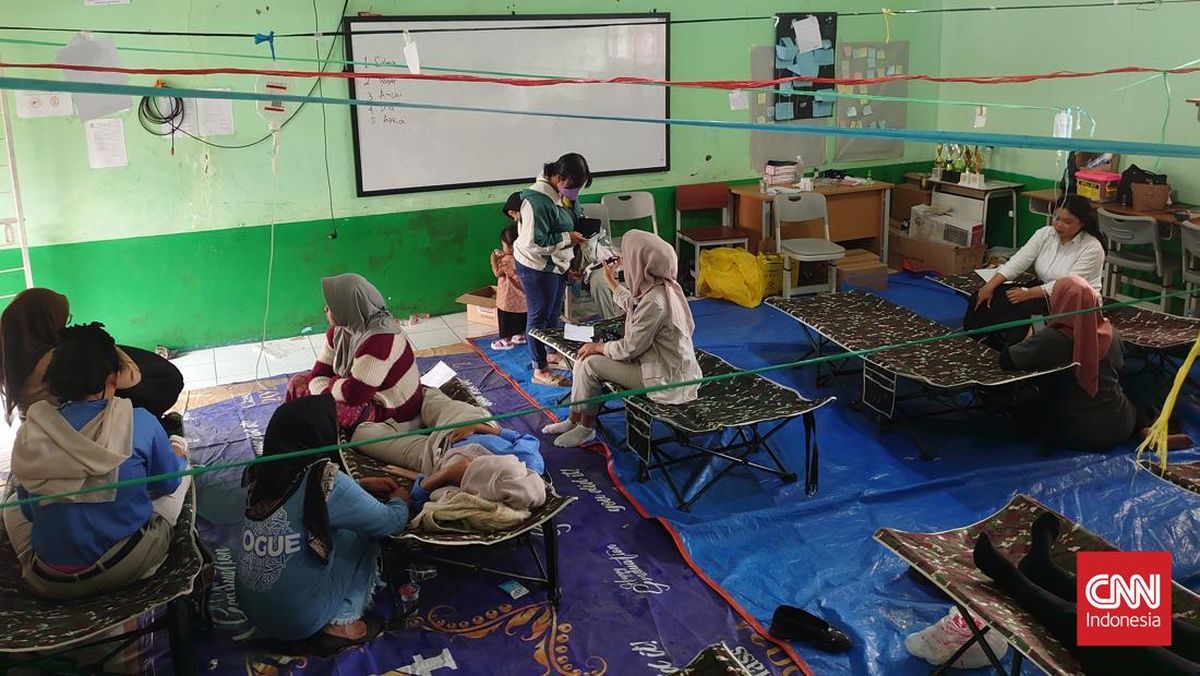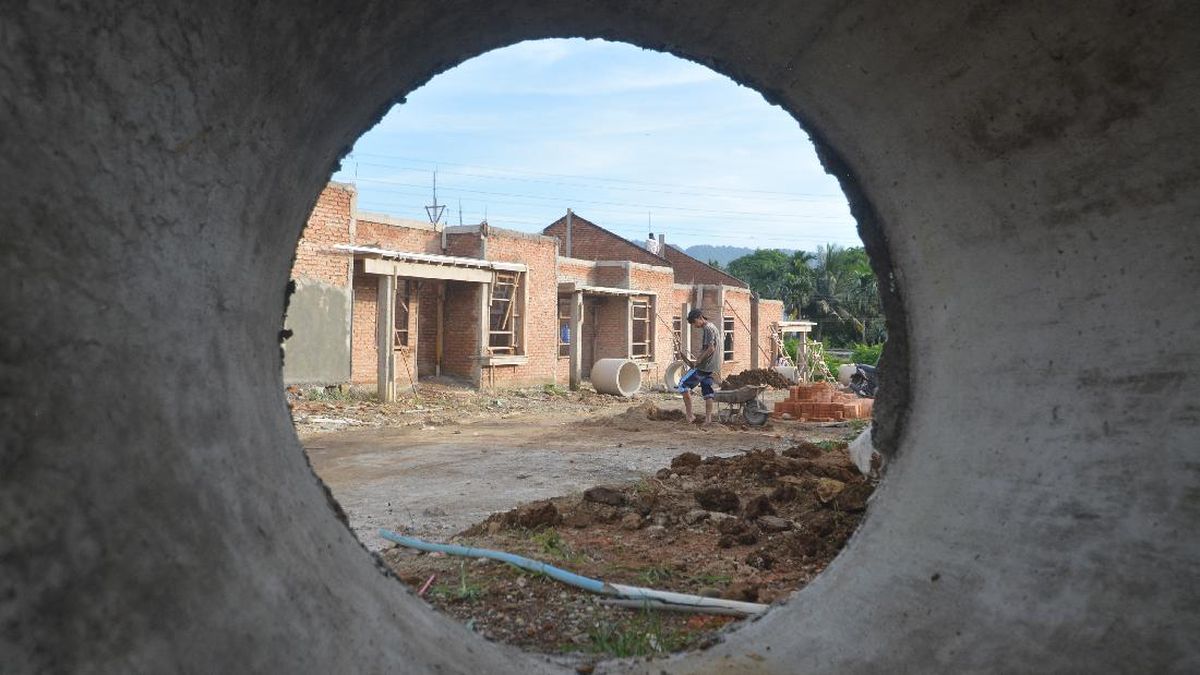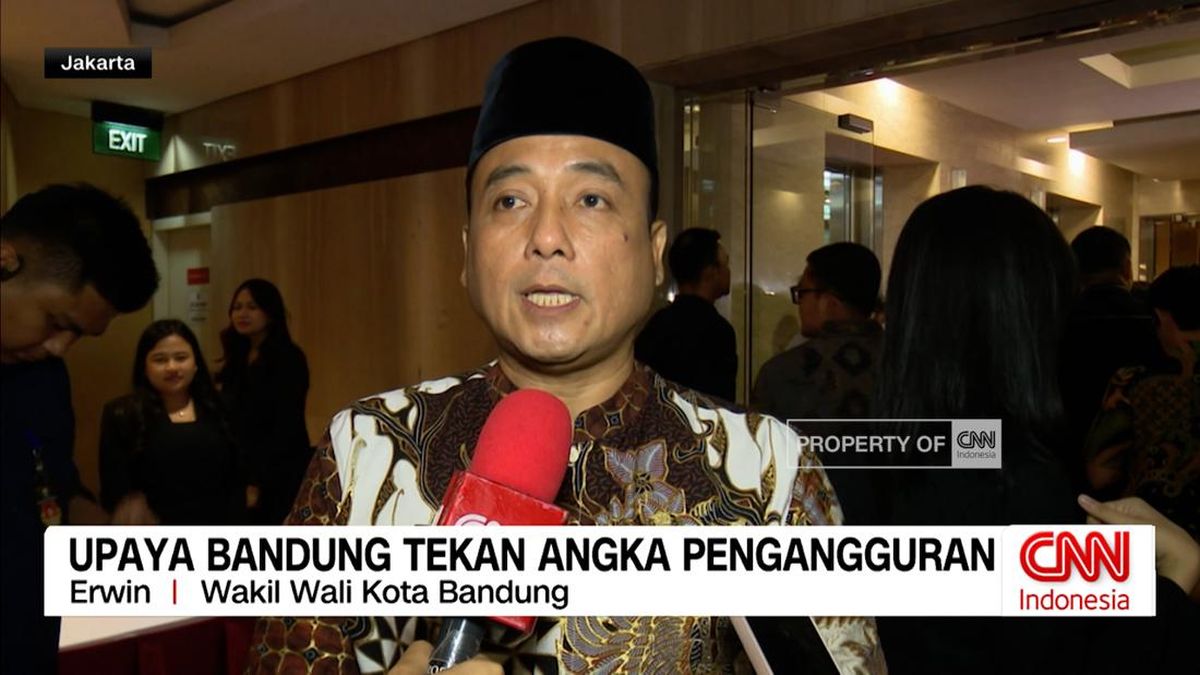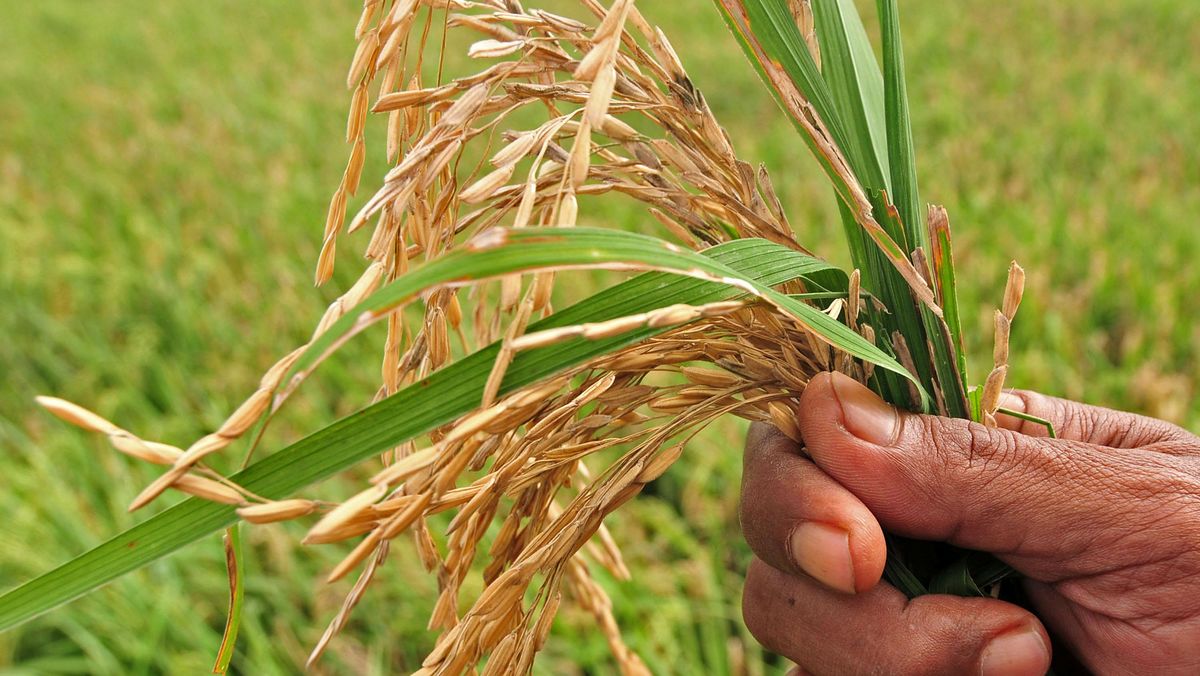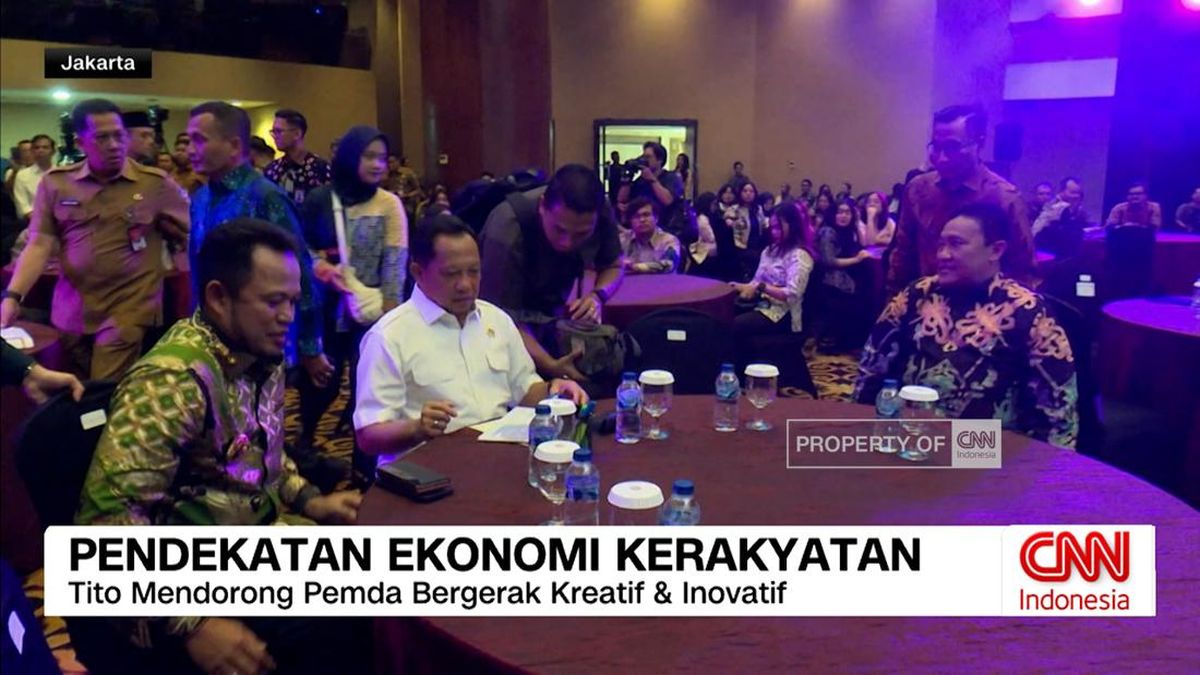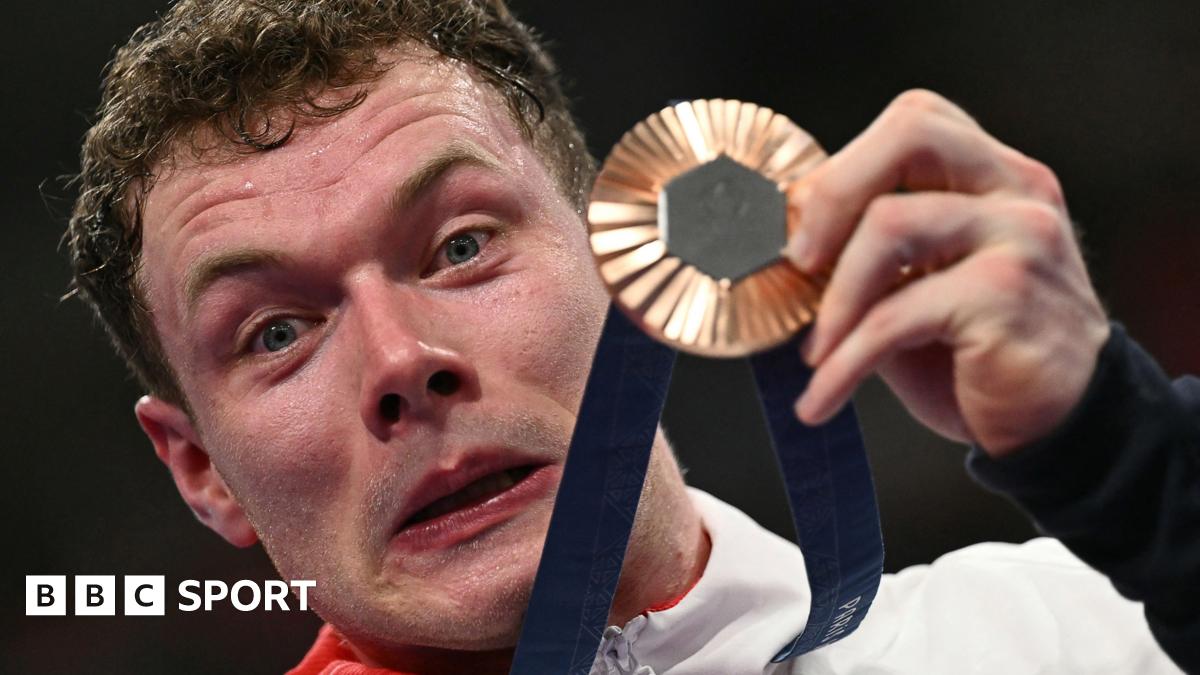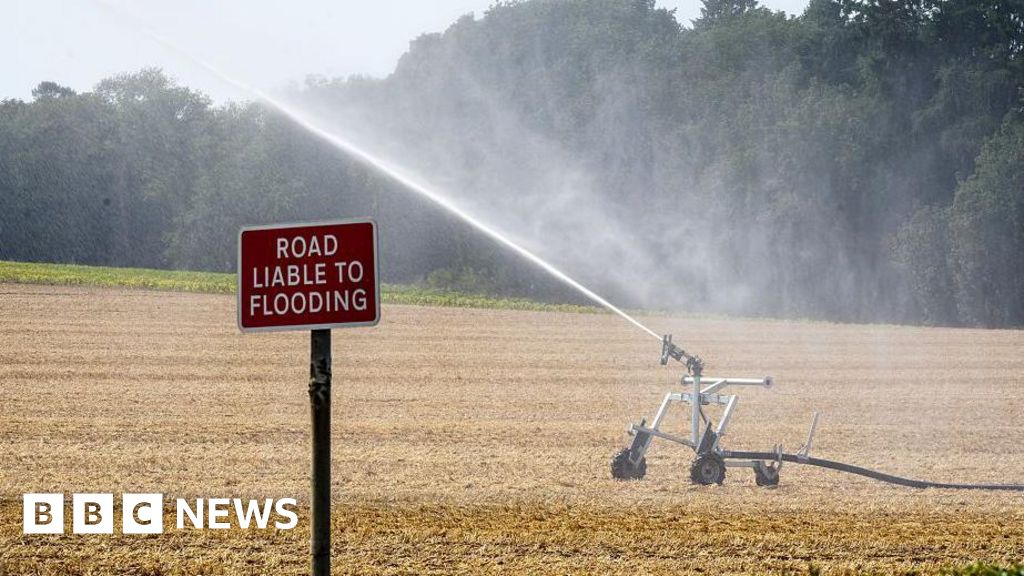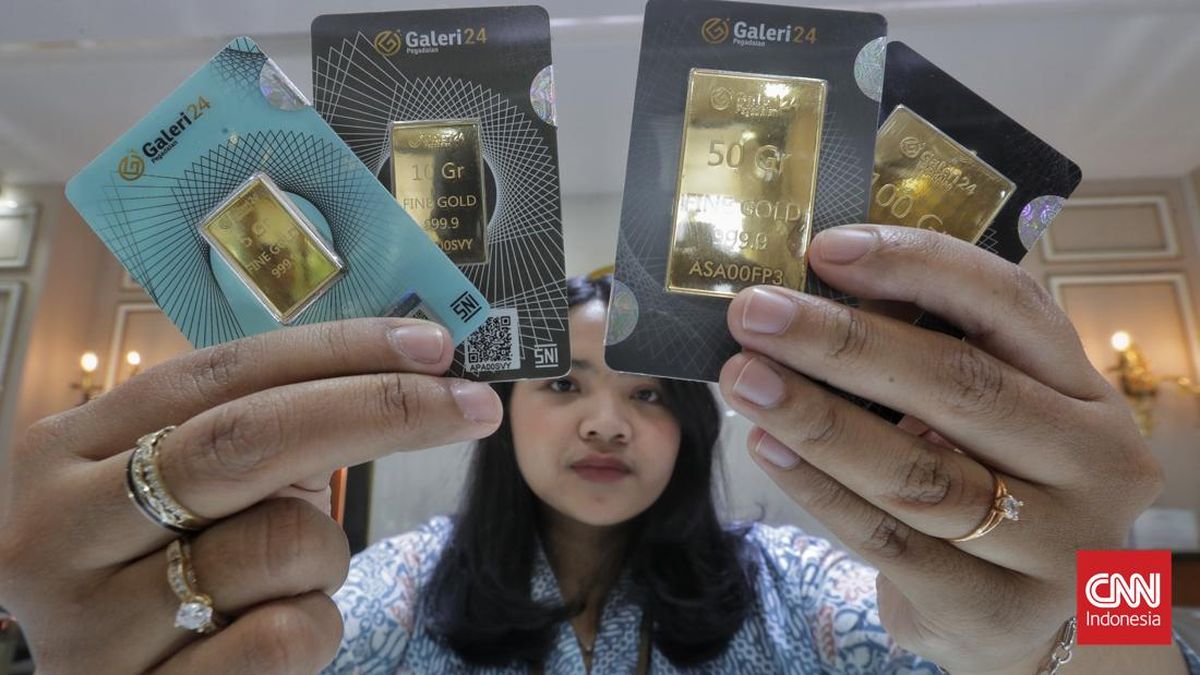Is porn really addictive? Is there such a thing as “good” porn? What impact is it having? How do we talk to our kids about it? These are just a few of the issues explored in a new podcast by journalist Liz Keen in her eight-part podcast The Reality of Porn.
Technology means porn is readily available. Formerly of the ABC’s Four Corners and Background Briefing, Keen wanted to make a program that helped listeners understand more about it, while keeping an open mind and allowing the audience to come to its own conclusions.

Pornography is here to stay, says journalist Liz Keen, so she has created a podcast called The Reality of Porn.Credit: Phil Carrick
“I’m a parent, my kids are young adults now and I just think I had no idea. I’ve spoken to a lot of parents, and it’s almost like we are oblivious. We don’t understand how pervasive it is in our kids’ lives,” she says.
Produced by Keen and her partner’s company Headline Studios, The Reality of Porn canvases a range of views, from those completely against it to those in favour.
Interviewees include parenting expert Maggie Dent, sex therapist Selma van Diest, Scarlet Alliance CEO Mish Pony, as well as researchers and psychologists, and university students vox-popped on campus (where she found women were generally more willing to talk to her than men).
“Porn is bad for your sex life and it teaches boys and young men and girls and young women some really crappy and ineffective ways to behave and treat the other person in sex,” says professor in Sociology at the Queensland University of Technology Dr Michael Flood, reflecting one perspective.
“When we don’t talk openly and honestly about sex, porn becomes sex education by default in not a good way,” says another of Keen’s interviewees, Cindy Gallop of the company Make Love Not Porn.
Divided into themes, the podcast – commissioned through the Walkley Foundation – covers porn’s impact on society, and on how we have sex, through to violence against women and ethical issues around the porn industry. Some porn is inherently problematic: violent, misogynistic and degrading. Keen examines issues beyond the content.
Not all pornography is consensual, for example. She cites examples of where it is and what that looks like – for example, films which use intimacy coordinators and have rolling consent provided, which means that consent provided by the actors can be retracted at any time.

Documentary and podcast maker Liz Keen.Credit: Wolter Peeters
The advent of Only Fans is an example of participants taking control and making their own money on their own terms. It also reflects different wants. “We don’t have to feel alone in what we desire – we can find it,” Keen says.
According to Keen, porn is mostly consumed by cisgender straight men, and therefore content is skewed to their interests and desires.
That is the material children are most likely to see. It also generally comes from the big players such as the site PornHub. Mainstream sites are very linear with the male invariably in control, says Keen, and content is made for the clicks.
As one interviewee says: “It’s a very toxic recipe when you think about it, because it’s like the whole emphasis is on the bloke as the centre of the sexual universe getting his needs met.”
Men and women experience desire differently, says Keen: men’s tends to be linear, while women’s tends to be more circular and creative. “Women are a lot more eclectic … and might fantasise about someone they would never want to have sex with.”
Keen suggests we think of porn stars as the elite athletes of sex, and we don’t expect to look or behave like athletes in real life.
One alarming element of porn is strangulation, also known as choking. According to an Australian study, 57 per cent of 18 to 35-year-olds have been strangled during sex, and 51 per cent have strangled a partner during sex.
Violence prevention initiative It’s Time We Talked project director Maree Crabbe says sexual strangulation is mostly done by a male to their partner, regardless of their gender.
Loading
“It’s also a practice that is very unsafe,” she says in the podcast. “It appears to create brain damage,” she says, citing US studies that show young women who have experienced strangulation look different to those who haven’t.
It can lead to the risk of stroke, miscarriage, migraines, vision problems, damage to the tissue and thyroid problems, says Crabbe, but because the injury is invisible, it goes unnoticed.
While it doesn’t necessarily show harmful images, TikTok plays a role in this by featuring influencers talking about the practice without discussing any of the inherent risks.
Parents might feel uncomfortable discussing pornography with their children but Keen says it’s OK not to be an expert. Quick, incremental chats are good and you can take the focus off your own child with questions such as ‘Have any of friends spoken about X, Y or Z?’
As for whether porn is addictive, the researchers interviewed have differing opinions. Dr Gavin Brown, clinical director of private mental health clinic The Banyans, says it’s about how much it affects your life. If you prefer to watch porn than have sex with your partner, and prioritise it over work or other obligations, there is clearly a problem.
“In some studies where they’ve done brain scans of pornography addicts like internet pornography addicts – essentially what’s happening in the brain is exactly the same as when people use crack cocaine,” he says.
The Reality of Porn is available now.
Most Viewed in Culture
Loading


